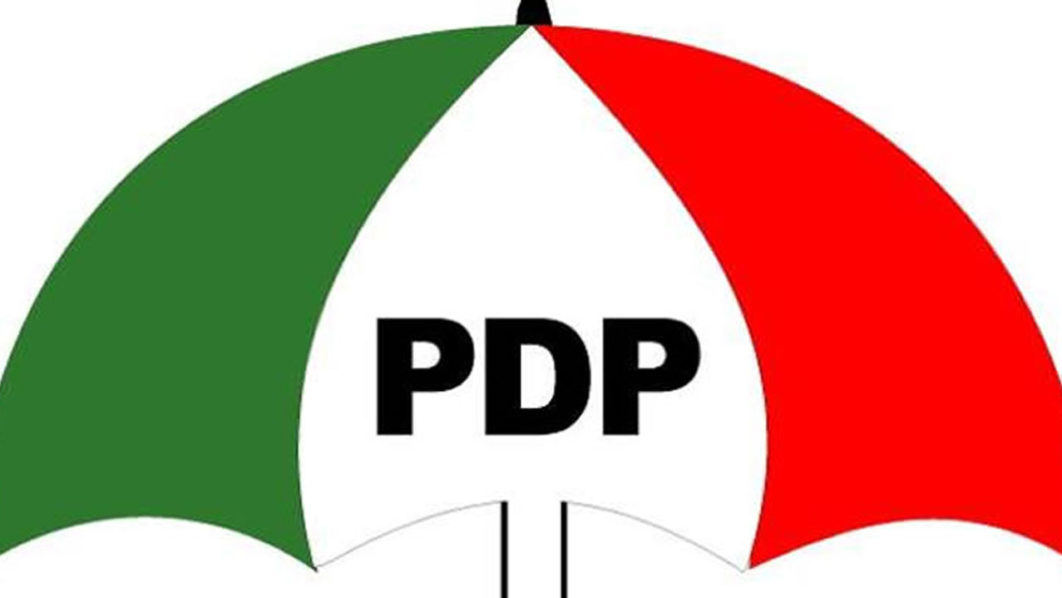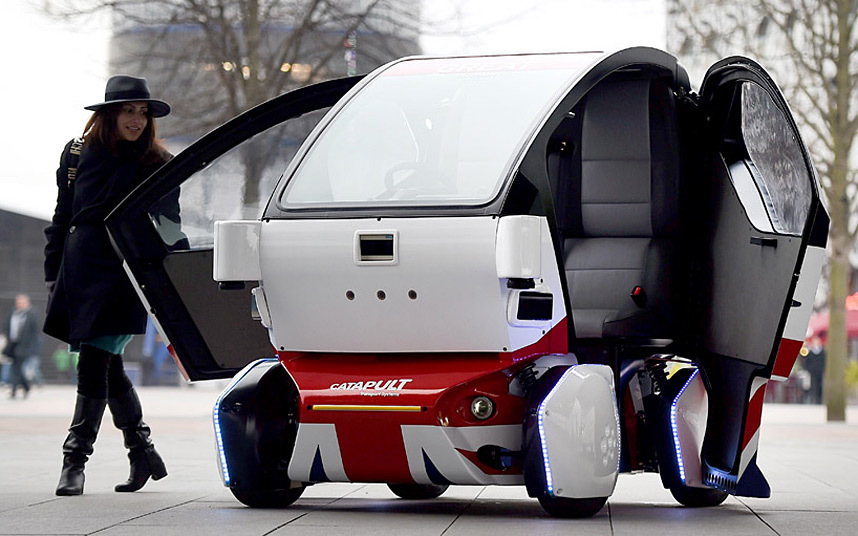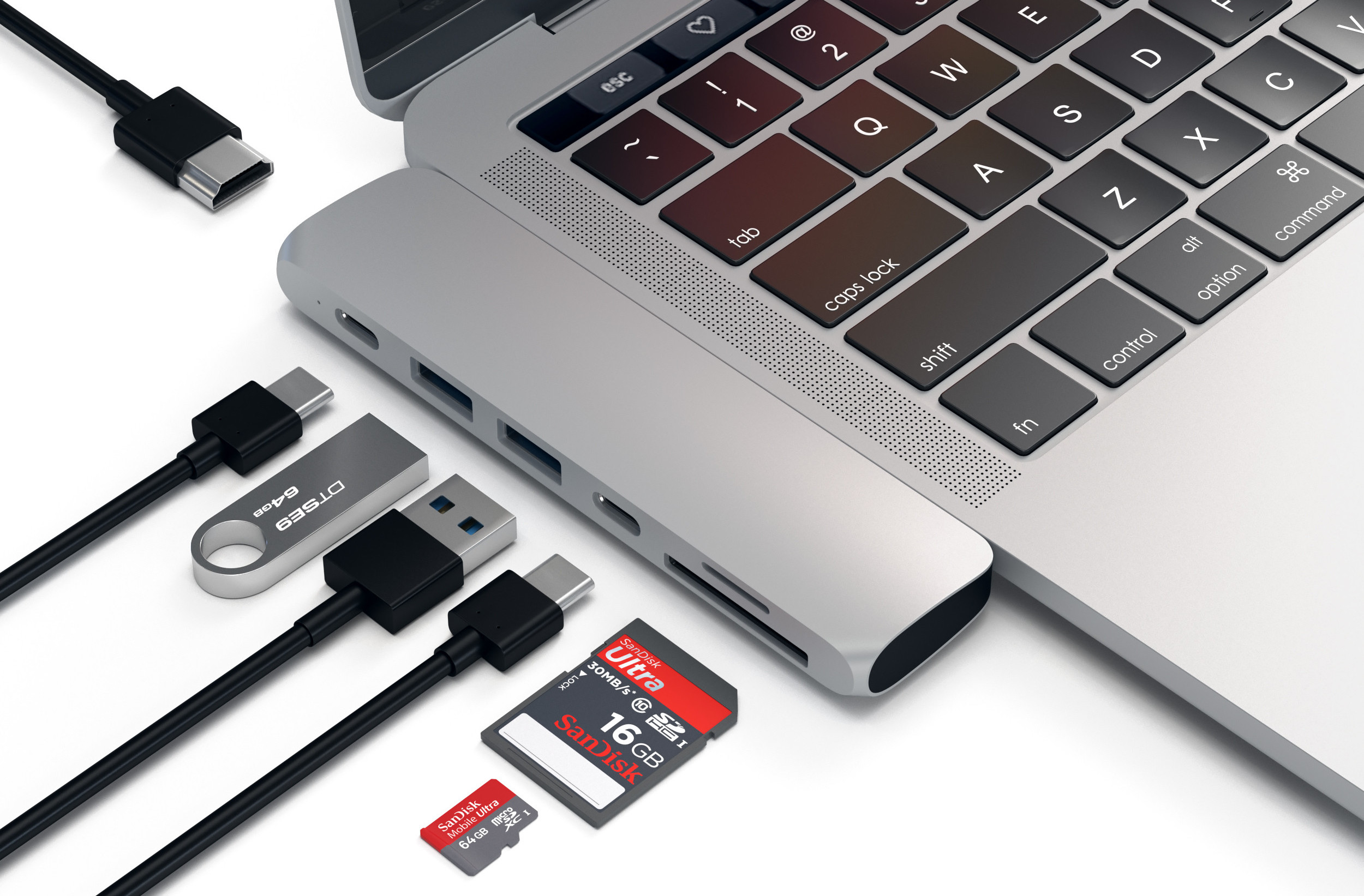INTRODUCTION
As technology increases at an exponential rate, policies to complement these emerging technologies are generated at a very slow pace mainly due to poor legal and institutional frameworks. The existence of old institutions and bureaucratic bottlenecks to regulate activities in this space cannot be overlooked. The commercial drone market has been identified to solve numerous challenges facing the global scene but these impediments persist. These drones enhance the operations of other sectors such as security, e-commerce, construction, agriculture, extraction of minerals, conservation, public service etc.
In Rwanda for example, a blood delivery startup uses drones to reach the far-flung villages in the country. In Australia, drones have been used to deliver books for bookshops. Amazon, the giant e-commerce company is already in final stages of series of tests to use drones to deliver goods to its customers. Not coming to the party last, farmers today can use drones to monitor pollination patterns of their plants.
These point to the fact that drone or Unmanned Aerial Vehicles(UAVs) as they called are here to stay. With each passing day, humans are finding better uses for the piece of technology. It has gone from an overlooked tool to a recreational one and recently, a data gathering one.
To regulators, this is a major headache. Policymakers have their misgivings about the new technology on the impact it will have on security. Terrorists today can easily weaponize these toys. These concerns are well founded and understood. But technology being what it is, can only be slowed down but not stopped. The printing machine took a long while to gain a foothold. But it finally did.
Interestingly, as regulators delay the adoption of this technology, they miss out the fact that it could complement policymaking by deploying them for project monitoring which further informs evidence-based policymaking. This presents a total disruption in institutional capabilities to implement policies, aimed at accelerating growth in the commercial drone markets.
CHALLENGES
Industries are gradually awakening to the importance of flying drones in creating efficiency. Prior to this, there are obstacles hampering the growth of these innovations courtesy poor regulatory frameworks. In Africa, drones serve as test bed for commercial purpose, which implies that policies to regulate the activities of commercial drones in countries mostly East Africa are either non-existent or consciously exempted in these countries, This enables drone service providers test their products. Drone manufacturers can freely test their products due to relaxed regulations in respect to privacy and airspace violation. This also has a downside regarding the institutional capacity in churning policies and decisions that can control effects of using drones for criminal activities.
In most cases, the use of drones for delivering public utilities can be very expensive albeit highly effective. A report from The Economist on civilian drones explains how regulations limit the growth of commercial drones in United States but countries such as Australia, France, Canada, Japan etc. have policy frameworks to accommodate the use of drones. Prior to this, recreational drones are largely on the rise, UAVs are mainly sold for commercial purpose. In Malawi, the government and UNICEF recently launched an air corridor to test potential use of drones which will facilitate testing in three areas; Imagery, Connectivity and Transport. It should be noted the government in the past, deployed UAVs for flood monitoring and responses.
From encountering the numerous benefits flying robots can achieve, these policy gaps continue to persist. In Nigeria for instance, government seem poised to stay in the way of innovation, a case of obtaining drones permit. The Nigerian Civil Aviation Authority (NCAA) regulations are stumbling blocks to the adoption and usage of drones.
Nevertheless, there are fears of drone collision, thereby, posing a serious risk to human safety. Some startups are creating traffic management systems for UAVs to reduce the damages in times of collision.
POLICY RECOMMENDATIONS
• Strengthening public institutions should be the first step for countries to adopt. This would focus on either creating agencies competent on innovation policy or strengthen existing institutions to create frameworks aimed at enhancing efficiency.
• Creating special air corridors suited for launching drones. These air corridors could place stringent regulations existing on air space. As much as the military needs to consider public safety, innovation should not be hampered. The Malawi government and UNICEF partnership on alleviating the humanitarian crisis in Malawi can be a blueprint for other governments especially in Africa to adopt if the test proves productive. Even a failure to these tests will serve as a learning point for the regulators.
• Pro-competition laws to allow for commercial drone operators enter and exit the market easily. It therefore could solve the case of pricing. Making retailers purchase drones that could become cheaper in the long term. Decision-makers need to understand this section of the law to drive efficiency. If this is not solved, delivering consumer goods using drones could be passed to consumers, thereby increasing prices.
• A comprehensive effort should be made to force down the license fees for different classes of drones and purposes. An exorbitant price ultimately discourages adoption which in turn leads to revenue loss on the part of the government.
In conclusion, global policymakers need to understand this technology. The United States Federal Aviation Authority (FAA)’s part 107 rules could be a model for other policymakers to adopt in terms of certifying drone operators. This does not mean the FAA does not have rigid policies directed at flying robots. One of such policy is the inability of drones to fly at night.
In essence, policymakers and regulators may not catch up with this technology but policies should be geared towards cooperation, efficiency and innovation.
REFERENCES
https://qz.com/1003810/the-worlds-first-commercial-drone-delivery-operates-from-a-hill-in-rwanda/
https://techpoint.ng/2016/05/23/get-drones-permit-nigeria/
https://www.unicef.org/media/media_96560.html
The Economist- Technology Quarterly: Civilian Drones. (June 10th-June 17th). http://www.economist.com/technology-quarterly/2017-06-10
Twitter: @PolicyDeskPod
__________
Follow us on Twitter at @thesignalng
Copyright 2017 SIGNAL. Permission to use portions of this article is granted provided appropriate credits are given to www.signalng.com and other relevant sources.
































































































































